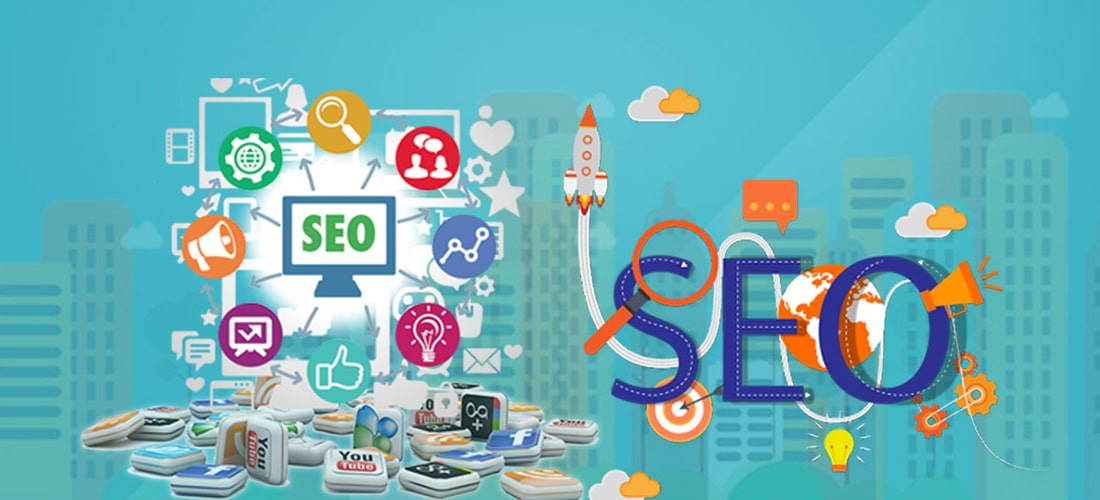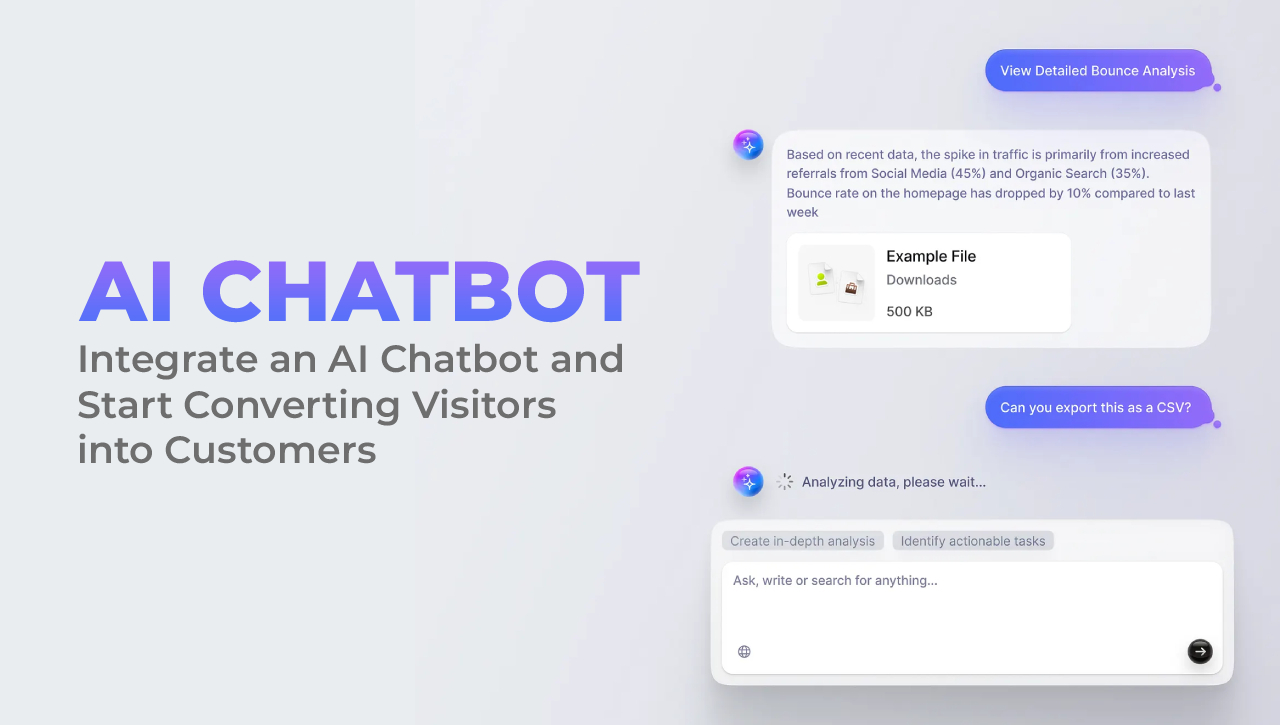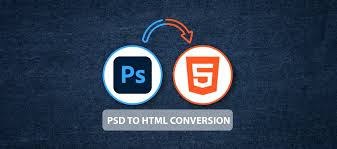In today’s fast-paced digital world, businesses are increasingly leveraging AI-powered chatbots to streamline communication, enhance customer experience, and automate repetitive tasks. Developing an AI chatbot for your business might seem complex, but with the right approach, tools, and strategies, it can be a smooth and rewarding process. This guide breaks down the essential steps to develop a successful AI chatbot for your business.
The Role of AI Chatbots in Business
AI chatbots are intelligent software applications that interact with users in a human-like manner. Unlike traditional chatbots that follow predefined rules, AI chatbots use machine learning and natural language processing (NLP) to understand user queries, provide relevant responses, and continuously improve over time.
Benefits of AI Chatbots for Businesses:
24/7 Customer Support: AI chatbots provide round-the-clock assistance, reducing the workload on support teams.
Improved Customer Engagement: Personalized interactions help maintain customer interest and loyalty.
Cost Efficiency: Automating repetitive tasks reduces operational costs significantly.
Lead Generation: AI chatbots can capture user information and qualify leads effectively.
2. Defining the Purpose and Goals
Before building a chatbot, you need to clearly understand its intended role. Ask yourself:
What problems will the chatbot solve?
Which customer interactions will it handle?
Is it primarily for sales, support, or information dissemination?
Clearly defining goals ensures that your chatbot development aligns with your business objectives and provides tangible results.
3. Choosing the Right Type of AI Chatbot
There are three primary types of AI chatbots.
Rule-Based Chatbots: Works using established rules and branching decision trees. Best for handling simple and structured tasks.
AI-Powered Chatbots: Utilize NLP and machine learning to understand complex queries and provide dynamic responses.
Hybrid Chatbots: Combine rule-based logic with AI capabilities for a more flexible solution.
For businesses aiming to improve customer interaction and automate complex queries, AI-powered chatbots are the ideal choice.
4. Selecting the Appropriate Development Platform
Several platforms and frameworks are available for developing AI chatbots. Popular options include:
Dialogflow (Google): Offers NLP capabilities, integration with multiple channels, and easy setup.
Microsoft Bot Framework: Supports AI and NLP, suitable for enterprise-level applications.
IBM Watson Assistant: Provides AI-driven conversation flows with analytics and multi-channel deployment.
Rasa: An open-source framework for developing highly customizable AI chatbots.
The choice of platform should align with your business goals, skill level, and available budget.
5. Designing the Conversation Flow
An effective AI chatbot requires a well-structured conversation flow. Focus on:
Greeting Messages: Friendly opening lines to engage users immediately.
User Queries Mapping: Anticipate possible questions and design appropriate responses.
Fallback Mechanism: Ensure the chatbot can handle unexpected inputs or escalate to human support.
Personalization: Tailor responses based on user data or behavior to create a more human-like experience.
Tools like flowcharts or specialized chatbot design software can help visualize conversation flows before implementation.
6. Integrating Natural Language Processing (NLP)
NLP is the core technology behind AI chatbots. It allows chatbots to understand user intent, extract relevant information, and respond accurately. Key aspects of NLP integration include:
Intent Recognition: Determines what the user wants.
Entity Extraction: Identifies important data points from user input.
Context Handling: Maintains context across multiple turns in a conversation.
A strong NLP engine ensures your chatbot understands users effectively and delivers meaningful interactions.
7. Training the AI Chatbot
Once the framework and NLP are set up, training your chatbot is crucial. The AI model is trained by inputting sample data, including:
Frequently asked questions (FAQs)
Customer support tickets
Product or service information
Continuous learning and data refinement improve the chatbot’s accuracy and response quality over time.
8. Testing and Iteration
Before deploying your AI chatbot, rigorous testing is essential:
Functional Testing: Ensures all features and conversation flows work as intended.
Usability Testing: Checks user experience, response clarity, and engagement.
Load Testing: Measures how well the chatbot handles large volumes of traffic.
Feedback from testers helps identify gaps and improve the chatbot iteratively.
9. Deployment and Multi-Channel Integration
After testing, deploy your AI chatbot on your preferred channels, such as:
Website or mobile app
Social media platforms (Facebook Messenger, WhatsApp, Telegram)
Customer service platforms
Multi-channel integration ensures your chatbot reaches customers wherever they are, improving accessibility and engagement.
10. Monitoring, Analytics, and Continuous Improvement
Post-deployment, monitoring performance is key to long-term success. Use analytics to track:
Chatbot engagement and conversation volume
Response accuracy and user satisfaction
Drop-off points or unresolved queries
Regular updates, retraining with new data, and feature enhancements ensure your chatbot continues to meet customer expectations.
Conclusion
Developing an AI chatbot for your business is no longer optional—it’s becoming a necessity for companies seeking efficiency and customer satisfaction. By understanding your goals, choosing the right type of chatbot, designing effective conversation flows, and continuously training and monitoring your AI chatbot, you can create a powerful tool that Strengthens client experience, makes operations more efficient, and accelerates business success.






